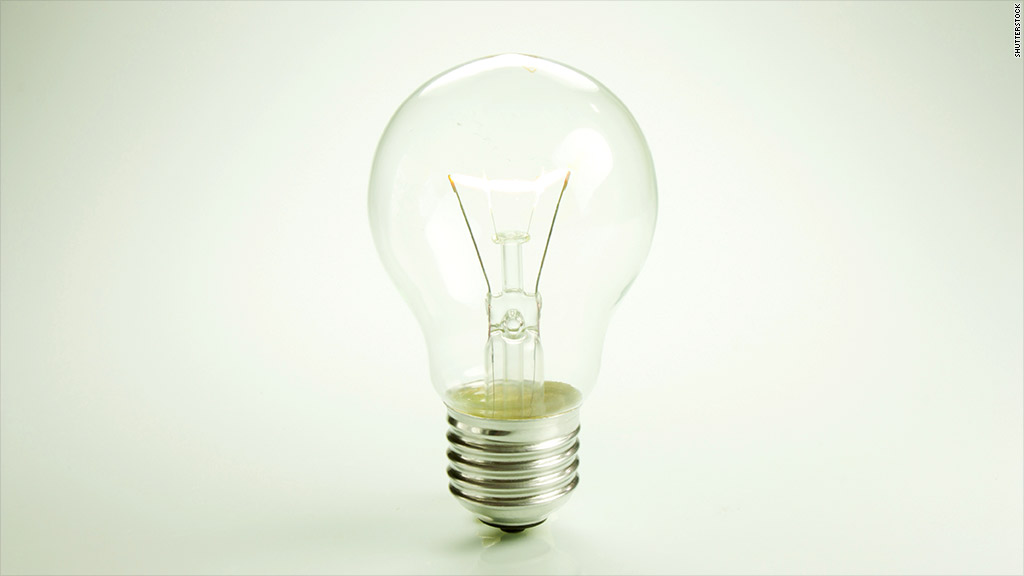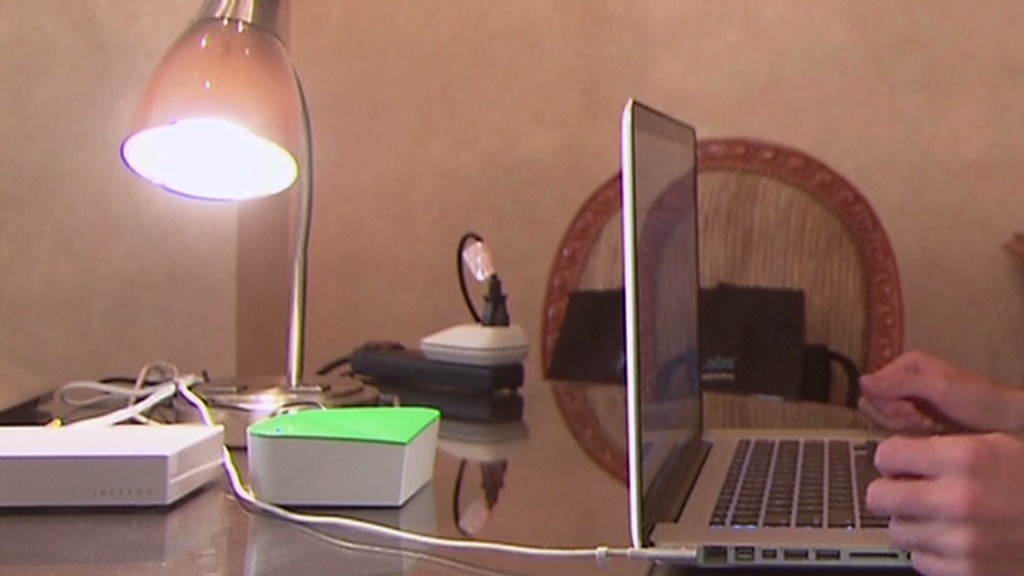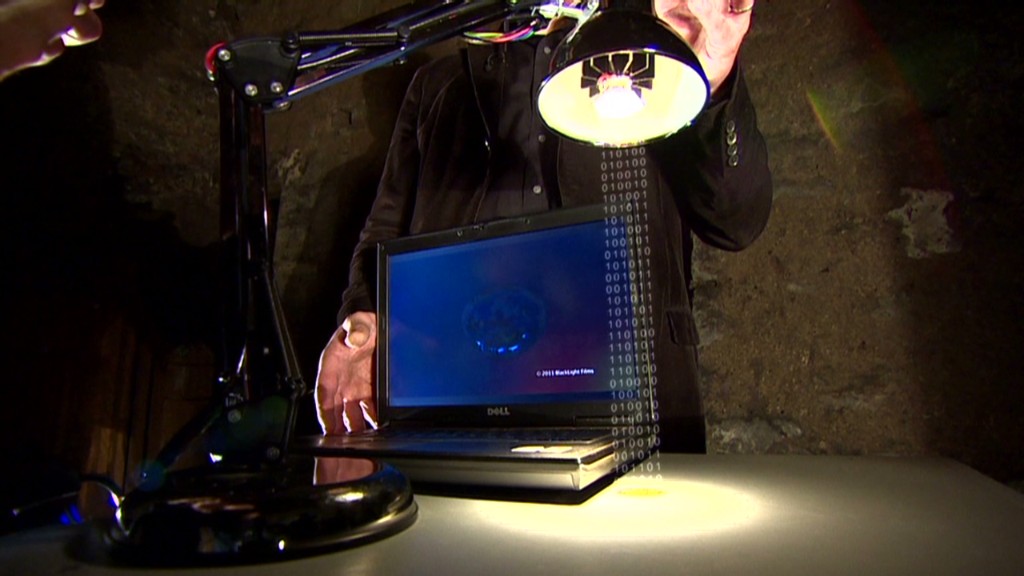
Light bulb manufacturers will cease making traditional 40 and 60-watt light bulbs -- the most popular in the country -- at the start of 2014.
This comes after the controversial phasing out of incandescent 75 and 100-watt light bulbs at the beginning of 2013.
In their place will be halogen bulbs, compact fluorescent bulbs, LED bulbs and high efficiency incandescents -- which are just regular incandescents that have the filament wrapped in gas. All are significantly more expensive than traditional light bulbs, but offer significant energy and costs savings over the long run. (Some specialty incandescents -- such as three-way bulbs -- will still be available.)
The end of old light bulbs will likely anger some consumers that are already faced with higher prices for a variety of goods. But it will also tick off tea party activists since the ban is the result of the final phase of government-mandated efficiency standards.
Related: Keystone's hit to the environment
The rules were signed into law by President George W. Bush in 2007. They are designed to address gross inefficiencies with old light bulbs -- only 10% of the energy they use is converted into light, according to the Environmental Protection Agency, which has a handy fact sheet about the changes. The rest is wasted as heat.
But the rules have drawn fire from a number of circles -- mainly conservatives and libertarians who are unhappy about the government telling people what light bulbs they can use. They argue that if the new ones really are so good, people will buy them on their own without being forced to do so.

The Republican-controlled House first tried to overturn the law. When that failed, Congress prevented the Department of Energy from spending money to enforce the new rules.
But light bulb makers still have no plans to make the old bulbs after the first of the year, noting the law is still the law and that state attorneys general have the power to enforce it.
"We haven't seen any problems with respect to compliance," said Kyle Pitsor, vice president for government relations at the National Electrical Manufacturers Association, which represents 95% of all light bulb makers in the United States.
The manufacturers association was a big supporter of the new rules, arguing they headed off a patchwork of pending state laws that would have made the business highly complicated.
Related: China is on an oil and gas shopping spree
While there were initial grumblings from consumers when the ban was first announced, Pitsor said most of the concerns faded away as people become more familiar with the new light bulbs and realize they can still buy high efficiency incandescents.
Experts point out how much consumers can save with more efficient bulbs.
The high efficiency incandescents cost about $1.50 each, compared to 50 cents or so for the old bulbs. But they last twice as long, and use 28% less power.
With LEDs, the saving are even greater. While a 40-watt LED goes for about $7.50 -- a big drop from the $50 or so it cost just a few years back -- it uses 85% less energy than a traditional bulb.
Over the course of the year, a LED will consume about $2 in power under normal circumstances, said Mark Voykovik, national light bulb merchant for Home Depot (HD). That compares to over $7 for an incandescent.
"In two years, you pay off that bulb," said Voykovik. And because LED bulbs are expected to last at least 20 years -- it's all savings for the next 18 years.
Moreover, LEDs are free from many of the issues that plagued compact fluorescent bulbs. They turn on instantly, do not contain mercury and give off a warm light similar to an incandescent.

People with big electricity bills seem to be taking notice. Home Depot recently released a map showing who is buying more efficient bulbs. While typically "green" places such as San Francisco, Seattle and Boston made the top 10, so did Atlanta, Orlando and Miami.
Fayetteville, Ark. and Waco, Texas were also hot markets, a fact Home Depot attributed to local rebate programs and the warm climate, where air conditioning drives up power bills.
Nationwide, about 12% of a home's power bill goes towards lighting, according to the EPA.
While LED sales are growing rapidly -- Voykovik said they doubled in each of the last two years at Home Depot -- most consumers still opt for incandescent bulbs. The percent of sales that are LEDs are in the single digits, he said.
The same was true at Lowe's (LOW), where a spokeswoman said over 50% of sales were incandescent bulbs.


